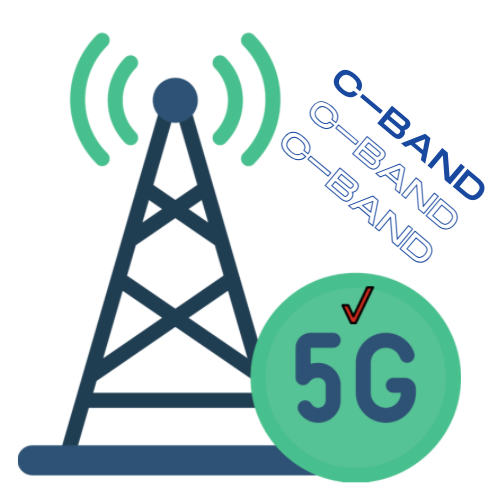Have you ever been out at sea and found yourself with weak or no cellular signal? Or maybe you’ve just avoided cellular altogether and paid for expensive satellite service? Well, with 5G technology, we may see a change. JET Engineering, out of Cedar Rapids Iowa, is working on a way to make 5G service accessible offshore.
Their System Solutions department has deployed a floating 5G base station off the UK coast of Dorset. The base station is mounted on a buoy they’ve named JET-4 Babel. Its job is to transmit coverage for devices to connect to and extend the distance from the shore that a 5G signal can be accessed.
The JET team demonstrated the buoy’s connectivity by establishing a 5G connection between it and JET-3 Arial, a buoyant underwater camera, for real-time live streaming. The network is expected to be able to extend for miles offshore while providing high-bandwidth and high-speed delivery.
“This signifies a great technology milestone for JET, having taken the buoy-to-buoy wireless communications from the lab to the ocean,” said James Thomas, CEO of JET Engineering. “But more importantly we have unlocked a whole host of possibilities for users and service providers to save costs, improve efficiencies, and make their everyday work easier.
JET also plans on providing a platform for data collection and live streaming to users. This would be either as raw data or through a user-friendly dashboard. They’re receiving assistance from the Offshore Wind Growth Partnership (OWGP) and the Offshore Renewable Energy Catapult’s Launch Academy. These groups helped with the technology loaded onto Babel as well as overall funding for this project.
Claire Canning, OWGP program manager, said, “We are thrilled to be working with JET and supporting this game-changing project. Not only will this drive a step-change in growth for the company, but 5G connectivity at sea will completely transform offshore wind operations, improving both efficiency and operator safety.”
Additional funding came from DCMS via the 5G RuralDorset project. They had also contributed to the previous deployment of the Arial buoy. Research was previously conducted by 5G RuralDorset. They found that 5G was necessary to provide essential safety, environmental, and efficiency considerations. Especially for those living in isolated areas and in off-shore settings.
“It’s great to see the concept of 5G at sea become a reality and we’re proud to have worked closely with JET to get the buoys to this important milestone,” said Councillor Jill Haynes, cabinet member for Corporate Development and Transformation for Dorset Council. “5G connectivity will play an important role in ensuring safety at sea, as well as presenting unique commercial opportunities for all parties.”
More unique ways of using and deploying 5G networks have been showing up recently. Last month, AT&T introduced a drone that transmits 5G network service, which they called the Flying COW. Like the JET-4 Babel, the Flying COW is helping to bring 5G to the more remote and rural locations. These are also used to provide temporary connections during big events, such as the Super Bowl or natural disasters.






